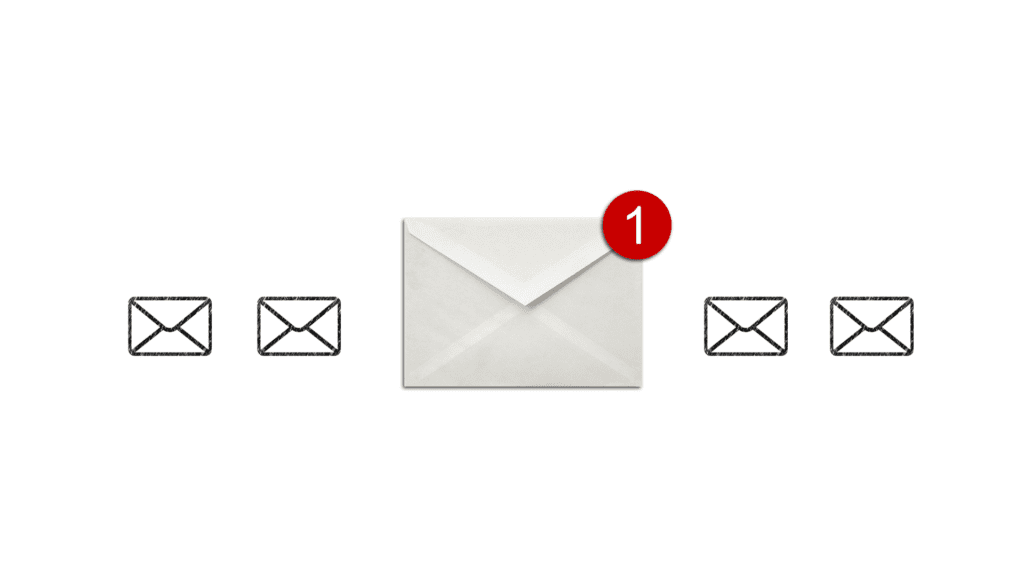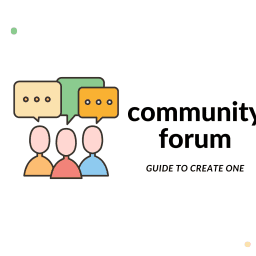A welcome email lays the strong foundation for long-term community members and is essential for multiple reasons:
You can express your gratitude towards their interest and trust in you to become a member and support your audience. Adding a personal touch to these emails creates the real difference between being a distant figure and being a genuine person.
These welcome emails also give you the opportunity to explain your community and your services better. You can collect everything you want to say in a single letter and people can come back and read it later if they need an explanation for something.
If only the name and email address of the member is available, you can also use the opportunity to find out more information.
For example, you can ask members about their needs and interests in a small survey or ask them to complete their membership profile (or a comparable form) so that you can make them customized offers.
Components of the welcome mail
1) A Distinctive Subject Line
With a simple “Welcome to the Newsletter/Community” in the subject line, you are giving away potential. Because the subject line is the first thing that catches your reader’s eye. You can decide whether your email will be read – or whether it ends up in the trash!
Be specific and make it clear in the subject line what the email is about. Plenty of research found out emoji usage in the subject line increases the open rate. If emojis conform with your community’s style, don’t hold back.
According to another study, personalized subject lines have a positive influence on the opening rate of emails. Let’s see an example:
“Hello, Mr. Doe,
Do you want to know about our monthly discounts? “
If you want to use shorter subject lines, do so and utilize the mail preview text instead.
2) The Personal Greeting
As in the subject line, your new member should also be greeted personally in the mail itself in order to create an inviting atmosphere and encourage further reading:
“Dear Mr. Doe,
nice that you have signed up for our community newsletter. “
3) Content & Design in Welcome Email
The welcome email should be short, concise, and only deal with the least number of topics possible. The associated call-to-action should be tailored precisely to this and stimulate the reader to click.
4) The Call-to-Action Button
The call-to-action button is an indispensable part of a welcome email.
The call to action in the welcome email could aim to ensure that the new subscriber;
extends his/her login data,
informs herself about further events and actions,
undertakes a guided channel (App or website) gate, etc.
5) The Branding
In order to make your message appear particularly high-quality and professional, it should reflect the chosen design, colors, etc. of your community,
This includes your brand-typical color palette as well as the logo and typography – provided you have defined a certain style in this field. As It would be nonsense to reinvent the wheel here every time: It’s best to design an appropriate email template and use it for all of your newsletters. Your new subscribers are able to assign the emails to your company at a glance.
The best place for the membership subscription field is a position on your website that is highly visited. It is even advisable to place the registration form in several positions so that potential prospects do not have to search long.
Welcome emails are an excellent opportunity to intensify relationships with your new-found members and as you’ve just read, there are small but mighty tricks to know when creating them.
And how to send these emails you might ask. Just launch your free membership platform and send automated welcome emails to your new members!
If you’d like to learn more about membership management, check out our article below:







